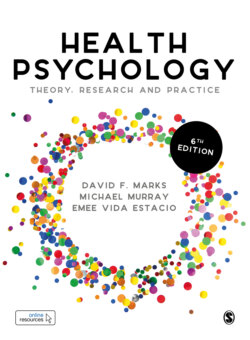Читать книгу Health Psychology - Michael Murray - Страница 137
Power and Power Analysis
ОглавлениеPower refers to the ability of a study to find a statistically significant effect when a genuine effect exists. The power (1–ß) of a statistical test is the complement of ß, the Type II or beta error probability of falsely retaining an incorrect H0. Statistical power relies on three parameters: (1) the significance level (i.e., the Type I error probability or α level); (2) the size(s) of the sample(s); and (3) an effect size parameter defining H1 and thus indicating the degree of deviation from H0 in the underlying population.
Cohen (1973) found that psychology studies had about a 50% chance of finding a genuine effect owing to their lack of statistical power. The situation has changed in the last 40 years but it remains problematic. This lack of power is caused by study samples being too small to permit definite conclusions. Given the easy availability of free software online, there can be little excuse for not doing a power analysis before embarking on a research project. Funding agencies, ethics boards, research review panels and journal editors normally require a power analysis as a condition of funding, approval and publication.
There are several different types of power analysis, some being more robust than others. In a priori power analyses (Cohen, 1988), sample size N is computed as a function of the required power level (1–ß), the pre-specified significance level α, and the population effect size to be detected with probability 1–ß. Cohen’s definitions of small, medium and large effects can be helpful in effect size specifications.
A variety of software is available to expedite rapid power analyses, including G* Power 3 (Faul et al. 2007) and free online software online such as OpenEpi (Dean et al., 2014).
